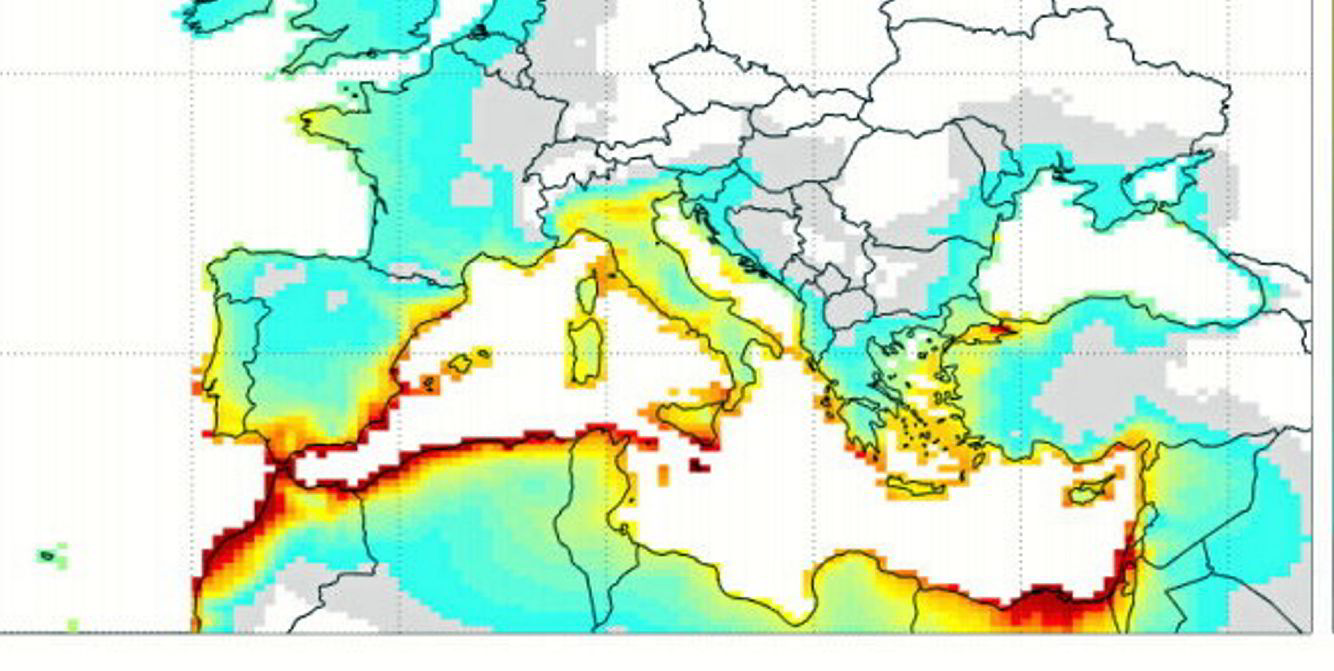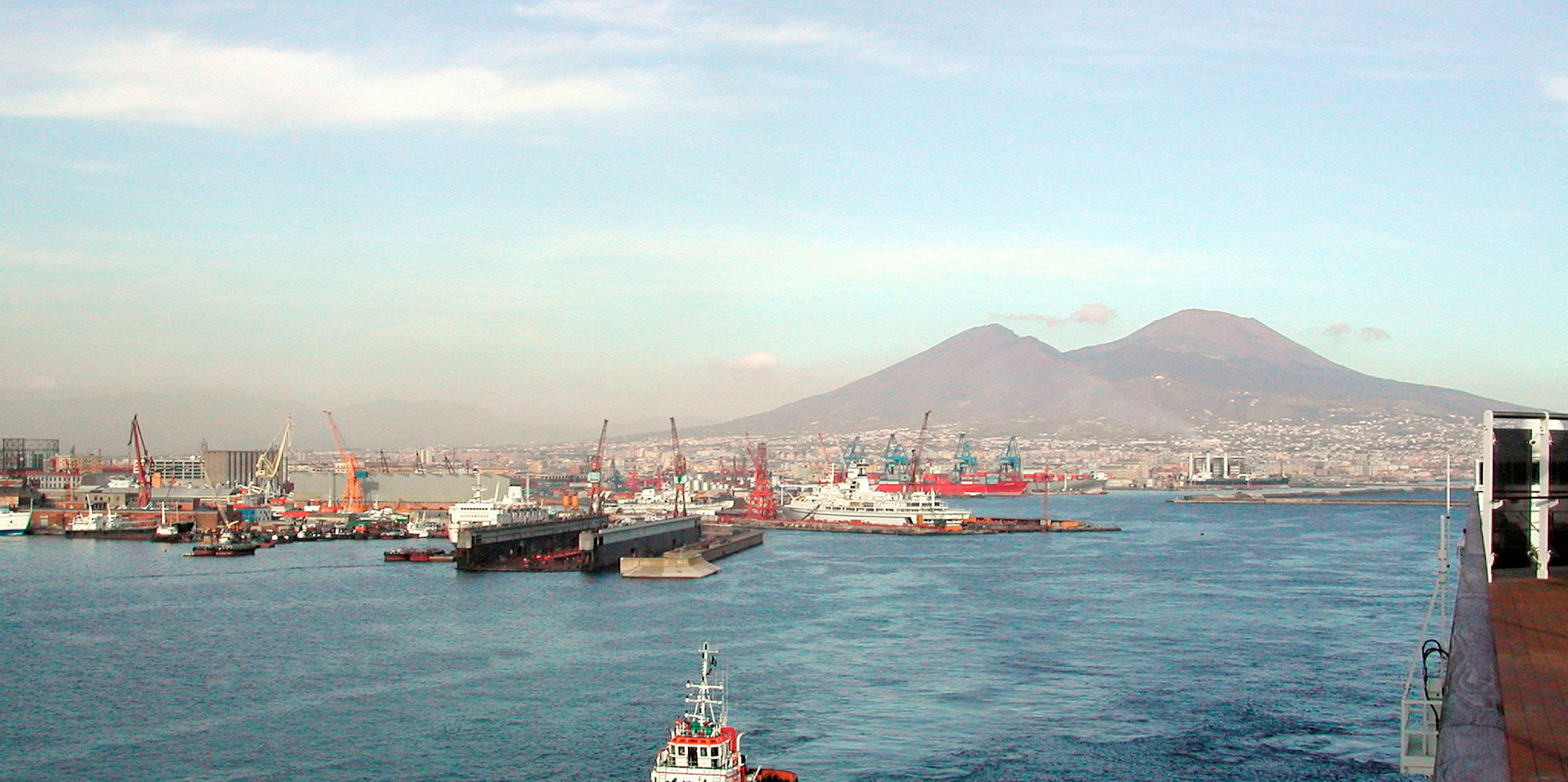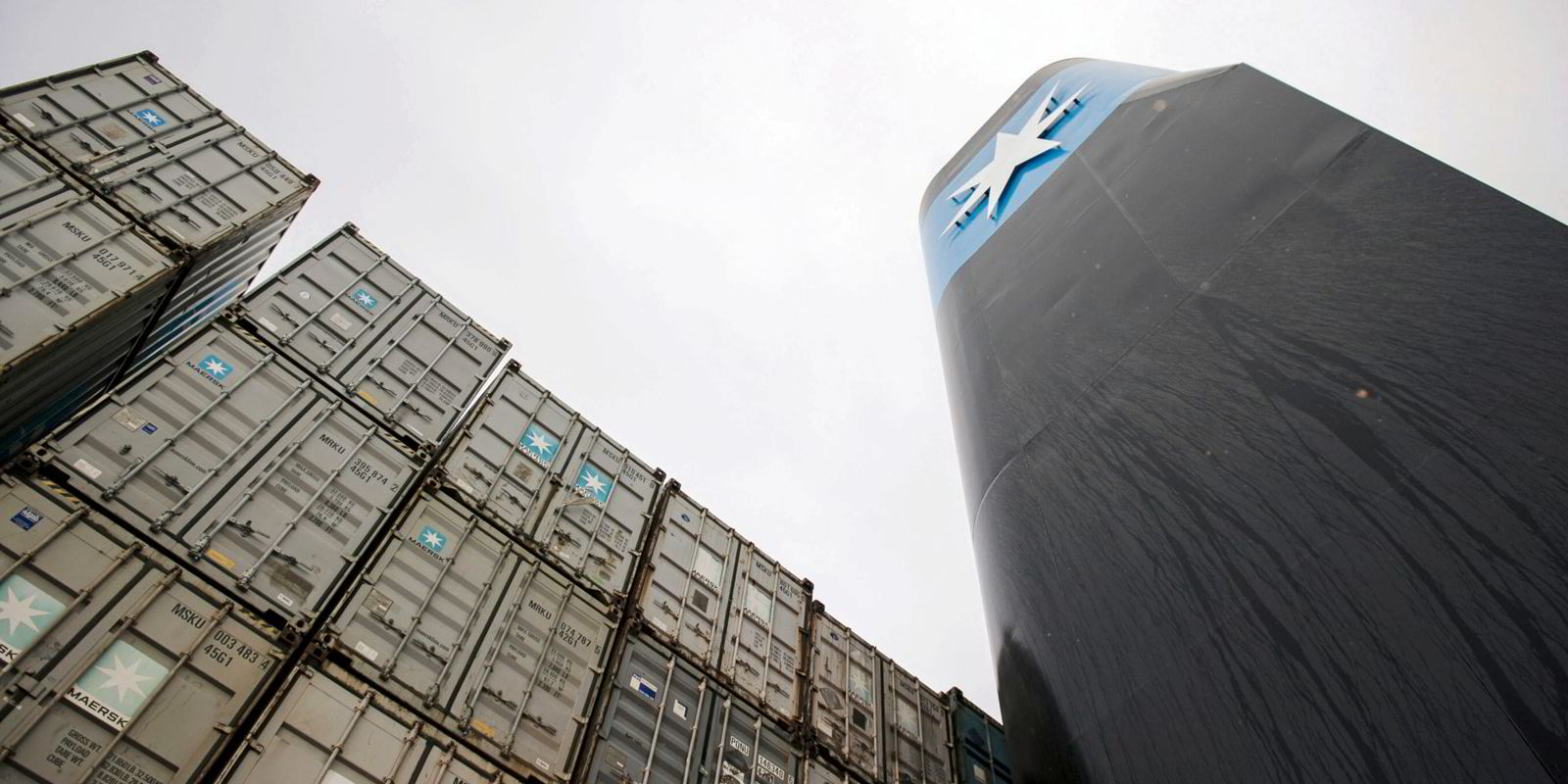Conservation groups have urged European Union authorities to tighten plans for a Mediterranean Sea emissions control area (ECA).
Representatives of 22 coastal states in Europe and North Africa agreed last December to propose establishing a Med ECA for sulphur dioxide emissions from shipping by 2024.
The countries — all signatories to the Barcelona Convention on the Protection of the Marine Environment — also agreed to submit a final proposal to the International Maritime Organization by December 2021.
“The agreed timeline to implement a Med ECA for ships lacks in tempo and scope of content,” the Berlin-based Nature and Biodiversity Conservation Union (Nabu) said after an international virtual conference on the subject.
The proposed ECA is not nearly ambitious or sufficient enough, according to about 150 attendees gathering online to represent bird protection, environmental and political groups.
“There should be an ECA for sulphur and nitrogen dioxide, not only for the Mediterranean Sea but for all European water,” Catherine Chabaud, a centrist liberal Member of the European Parliament from France, said in a Nabu press release.

The Mediterranean should not be lagging that far behind other European areas, where much tougher pollution caps are already in place, argued Nabu transport policy officer Sonke Diesener.
A sulphur ECA has applied to ships plying the North Sea and the Baltic since 2015. A nitrogen emission control area (NECA) will additionally kick in in these areas from next month.
“A regulation gap within the EU is becoming wider,” Diesener told TradeWinds.
France, the only EU member with coasts in both the Mediterranean and the North Sea, is a driving force to close that gap.
The French government has commissioned a study to buttress calls for a Mediterranean NECA.
Further measures

Initial studies show that ECAs in Europe's south are unlikely to cause rerouting, freight rate spikes or any cargo losses to other modes of transport such as trucks and trains, Diesener said.
The European Commission, the EU’s executive, has already signalled it might throw its weight behind a beefier Med ECA.
“Based on the outcome of the negotiations on the Mediterranean ECA, the commission may consider further maritime emission reduction measures beyond current ECAs on nitrogen oxides and particulate matter,” said Virginijus Sinkevicius, the EU commissioner on the environment, oceans and fisheries.
Sinkevicius comes from Lithuania, a nation on the Baltic Sea.
The EC has already co-financed a technical study, which concluded that the maritime industry is an “important contributor to poor air quality in Europe”, with a “particularly large impact in port cities and coastal areas”.
According to the paper, published in December 2018 by the International Institute for Applied Systems Analysis, further controls of shipping emissions in Europe would produce the largest improvements in the Mediterranean, especially along the coast of North Africa.
“It is absolutely intolerable that people around the Mediterranean Sea have to wait for fresh air while northern Europe as well as China and North America already forced the industry to switch to cleaner fuels,” Nabu said.






